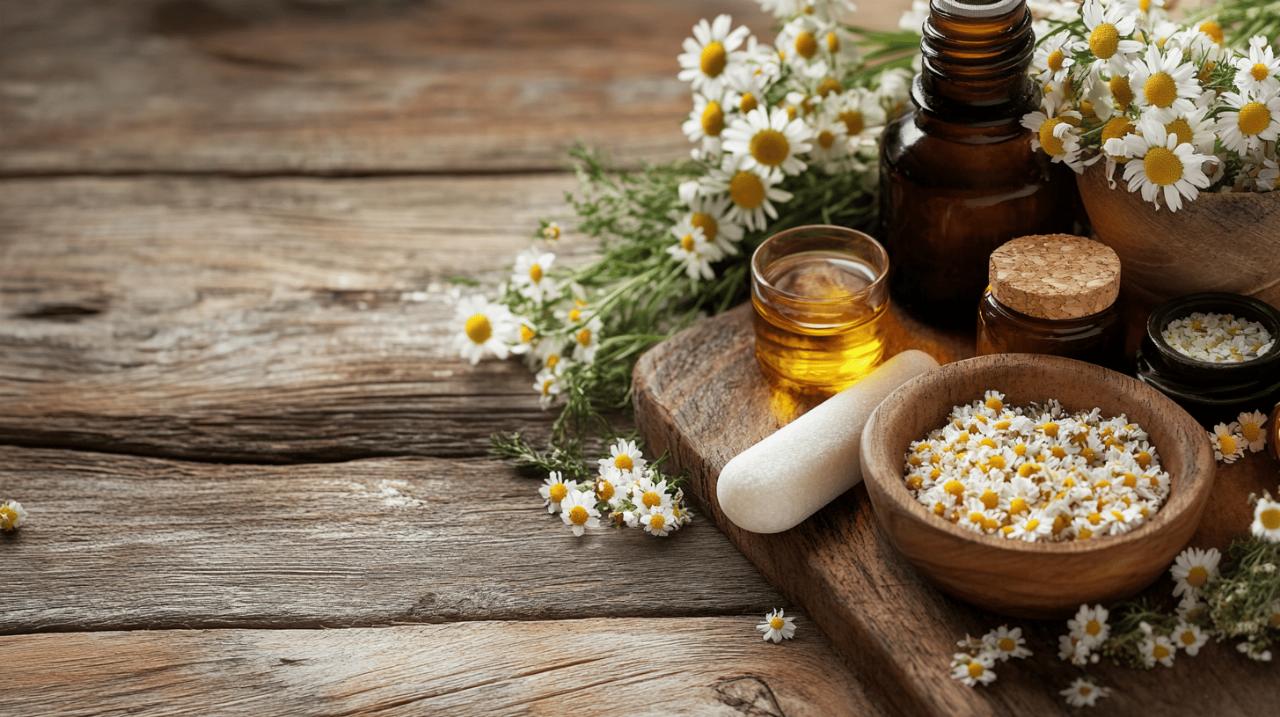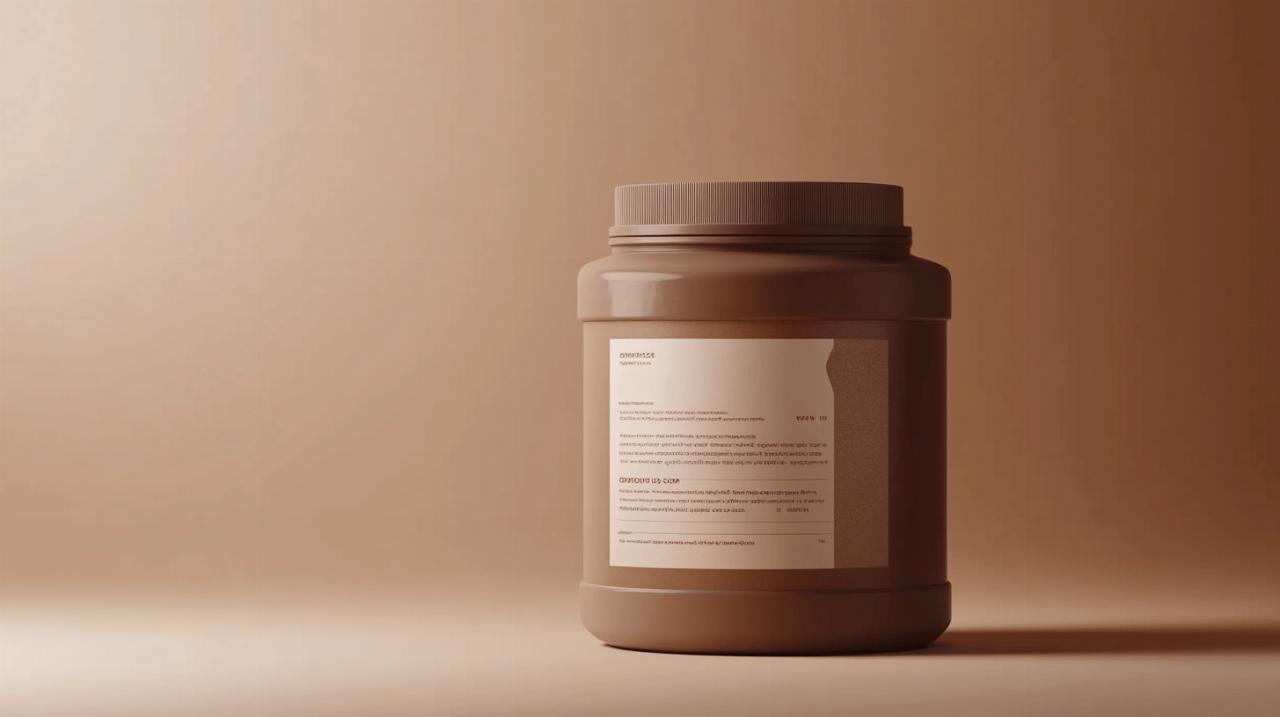Corns and calluses can be the bane of anyone's daily comfort, turning a simple stroll into an exercise in discomfort. These stubborn patches of hard thick skin that crop up on your feet, toes, and sometimes even your hands are rarely welcomed guests. Often the result of pressure, friction, or rubbing from ill-fitting shoes or repetitive activities, they serve as a reminder that our feet deserve a good deal more care than they often receive. Thankfully, there exists a wealth of wisdom passed down through generations, alongside modern advice from podiatrists and other foot specialists, to help ease the burden of these troublesome spots and restore comfort to your daily life.
Understanding corns and calluses: what's really causing your foot bother
The Difference Between Corns and Calluses: Spotting the Culprits
Corns and calluses may seem like interchangeable terms, but they each have distinct characteristics that set them apart. Corns are typically small, hard lumps that form on the tops or sides of your toes, often with a dense core that can be particularly painful and tender when pressed. You might encounter hard corns, which are small and concentrated, or soft corns, which appear whitish or grey and have a rubbery texture, usually nestling between toes where moisture accumulates. There are even seed corns, tiny spots that develop on the soles of your feet. Calluses, on the other hand, are larger, irregular patches of thickened skin that tend to spread across the bottom of your feet or on your hands. They are generally less sensitive to touch than corns but can still become uncomfortable if left unchecked. Both are the body's natural defence mechanism against repeated friction and pressure, a protective layer that unfortunately becomes more of a nuisance than a safeguard.
Common causes: why ill-fitting shoes are your feet's worst enemy
The primary culprit behind the formation of corns and calluses is often found in your wardrobe. Badly fitting shoes, especially those that are too tight, too loose, or feature high heels and pointy toes, create relentless pressure and rubbing against your skin. Walking barefoot, not wearing socks, or even wearing socks that bunch up inside your shoes can exacerbate the problem. Prolonged standing, walking, or running, particularly in uncomfortable footwear, places continuous stress on your feet. Activities that involve heavy lifting or repetitive motions, such as playing musical instruments, can also contribute to the development of hard, thick skin on your hands. Foot deformities like hammertoes and bunions can alter the way your foot sits in a shoe, creating additional friction points. Even something as simple as an improper walking posture can shift weight unevenly across your feet, leading to calluses and patches of thickened skin in unexpected places. Recognising these causes is the first step towards prevention and effective treatment.
Traditional home remedies: what granny swore by for troublesome feet
Bicarbonate of Soda Soaks and Apple Cider Vinegar: Do They Actually Work
When it comes to tackling corns and calluses at home, many people turn to the remedies that have been passed down through the family, often involving ingredients found in the kitchen cupboard. One popular method involves soaking your feet in a basin of warm water mixed with bicarbonate of soda, a practice believed to soften the hard, thick skin and make it easier to remove. Some enthusiasts swear by apple cider vinegar, dabbing it onto the affected area in the hope that its acidic properties will break down the thickened tissue. Others recommend the application of castor oil or tea tree essential oils, claiming these natural substances can gradually eliminate the appearance of corns and calluses. While these home remedies can indeed help to moisturise the skin and make it more pliable, they are not miracle cures. Soaking your feet in warm, soapy water is a sensible starting point, as it helps to soften the skin and prepare it for gentle exfoliation. However, for persistent or painful cases, these traditional methods alone may not be sufficient, and relying solely on what mother told you might leave you disappointed.
Natural Oils and Pumice Stones: Gentle Methods for Softening Hard Skin
After a good soak, the next step often involves using a pumice stone or foot file to gently buff away the softened layers of dead tissue. This mechanical approach is a time-tested method for reducing the thickness of calluses and corns, provided it is done carefully and regularly. The key is to avoid being overly aggressive, as scrubbing too hard can damage healthy skin and lead to soreness or even infection. Following exfoliation, applying a moisturising cream that contains ingredients such as urea cream or ammonium lactate can help keep the skin supple and prevent further thickening. Some people prefer to use natural oils as part of their daily foot maintenance routine, massaging them into the skin to promote softness and flexibility. Donut-shaped pads can be placed around the corn or callus to protect it from further pressure and rubbing, allowing the area to heal. Wearing thick, cushioned socks and comfortable, wide shoes with low heels and soft insoles can make a significant difference in reducing friction and preventing new problem areas from developing. These gentle, self-care treatments are particularly effective when combined with proper footwear and early intervention, stopping problems before they escalate into something more serious.
When to Seek Professional Help: Knowing Your Limits with DIY Treatment
Persistent Pain and Stubborn Corns: Signs You Need a Podiatrist
 While home remedies and over-the-counter treatments can offer relief for minor issues, there are times when professional intervention becomes necessary. If you have diabetes, heart problems, or circulation issues, it is especially important not to attempt to treat corns and calluses yourself, as these conditions can lead to complications such as fragile skin, poor healing, and an increased risk of infection. Peripheral arterial disease, for example, can compromise blood flow to the feet, making even small wounds potentially dangerous. If a corn or callus is bleeding, has pus or discharge, or shows signs of infection, you should seek medical advice promptly, as antibiotics or other treatments may be required. Even if you do not have underlying health conditions, persistent pain that interferes with your daily activities or a corn or callus that has not improved after three weeks of diligent home treatment warrants a visit to a GP or foot specialist. Attempting to cut or shave away corns and calluses yourself is strongly discouraged, as this can lead to injury and infection, particularly if you lack the proper tools and expertise.
While home remedies and over-the-counter treatments can offer relief for minor issues, there are times when professional intervention becomes necessary. If you have diabetes, heart problems, or circulation issues, it is especially important not to attempt to treat corns and calluses yourself, as these conditions can lead to complications such as fragile skin, poor healing, and an increased risk of infection. Peripheral arterial disease, for example, can compromise blood flow to the feet, making even small wounds potentially dangerous. If a corn or callus is bleeding, has pus or discharge, or shows signs of infection, you should seek medical advice promptly, as antibiotics or other treatments may be required. Even if you do not have underlying health conditions, persistent pain that interferes with your daily activities or a corn or callus that has not improved after three weeks of diligent home treatment warrants a visit to a GP or foot specialist. Attempting to cut or shave away corns and calluses yourself is strongly discouraged, as this can lead to injury and infection, particularly if you lack the proper tools and expertise.
Professional treatments: what sophie rodriguez and experts recommend
When you consult a podiatrist or other foot specialist, you gain access to a range of professional treatments that go beyond what is available at home. A trained practitioner can carefully trim away excess skin using a scalpel, a procedure that is safe and effective when performed by someone with the appropriate skills and experience. They may also recommend medicated patches containing salicylic acid, a substance that helps to break down the thickened tissue. Before applying such patches, the skin is often thinned with a pumice stone to enhance absorption. Salicylic acid is also available in gel or liquid form for larger areas, but it must be used with caution and is not suitable for everyone, particularly those with diabetes or poor circulation. For individuals whose corns and calluses are caused by structural issues such as hammertoes, bunions, or other foot deformities, custom-made shoe inserts known as orthotics can provide long-term relief by redistributing pressure and preventing recurrence. In rare and severe cases, surgery may be considered to correct bone alignment and eliminate the source of friction. Whether you are able to self-refer to a podiatrist through your GP surgery or choose to see one privately, professional guidance can make a significant difference in managing and resolving these troublesome conditions.
Prevention and proper foot care: keeping your feet happy long-term
Choosing the Right Footwear: Proper Fit and Padded Insoles Matter
The cornerstone of preventing corns and calluses lies in selecting footwear that fits properly and provides adequate support. Shoes that are too tight can squeeze your toes and create pressure points, while shoes that are too loose can allow your foot to slide around, increasing friction. High heels and shoes with pointy toes are particularly notorious for causing problems, as they force your feet into unnatural positions and concentrate pressure on small areas. Instead, opt for comfortable, wide shoes with low heels and soft insoles that cushion your feet and absorb shock. Heel pads can also be beneficial for reducing pressure on the back of your foot. Wearing socks is equally important, as they provide an additional layer of protection against rubbing and help to keep your feet dry. Make sure your socks fit well and do not bunch up inside your shoes, as this can create new friction points. For those who spend long hours on their feet, investing in quality footwear and padded insoles is not a luxury but a necessity for maintaining healthy, pain-free feet.
Daily foot maintenance: early intervention to stop problems before they start
Incorporating a simple foot care routine into your daily life can go a long way towards preventing the formation of corns and calluses. Start by inspecting and cleaning your feet each day, paying close attention to any areas where the skin feels rough or looks thickened. Early intervention is key, as addressing minor patches of hard skin before they develop into painful corns can save you considerable discomfort down the line. Trim your toenails regularly and keep them straight across to avoid ingrown nails and additional pressure on your toes. After washing your feet, take the time to moisturise your skin with a suitable lotion, focusing on areas that are prone to dryness and thickening. If you notice any signs of developing corns or calluses, use a pumice stone or foot file gently after soaking your feet to keep the skin smooth. Avoid walking or standing for extended periods without breaks, and whenever possible, give your feet a rest by elevating them. For those engaged in manual labour or physical activities that cause friction on the hands, wearing gloves can provide similar protection. By making these practices a regular part of your self-care routine, you can maintain healthy, comfortable feet and hands, reducing the likelihood of corns and calluses becoming a recurring issue. Remember, happy feet mean a happy you, and with a bit of attention and care, you can keep your feet in tip-top condition for years to come.





